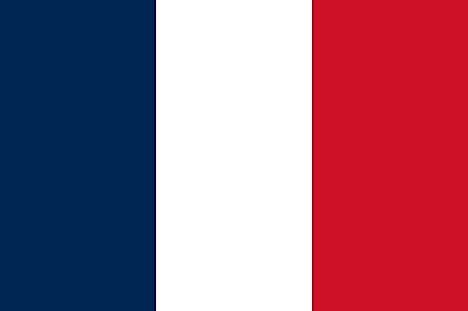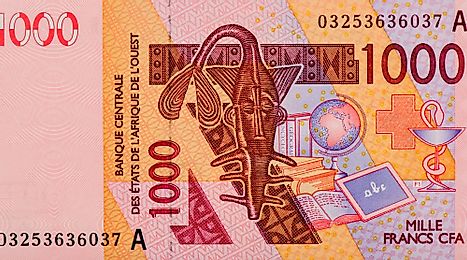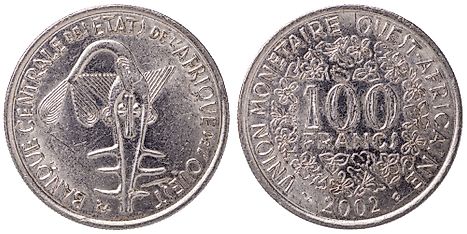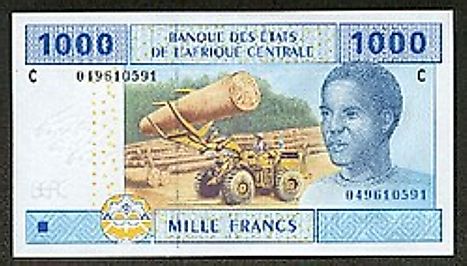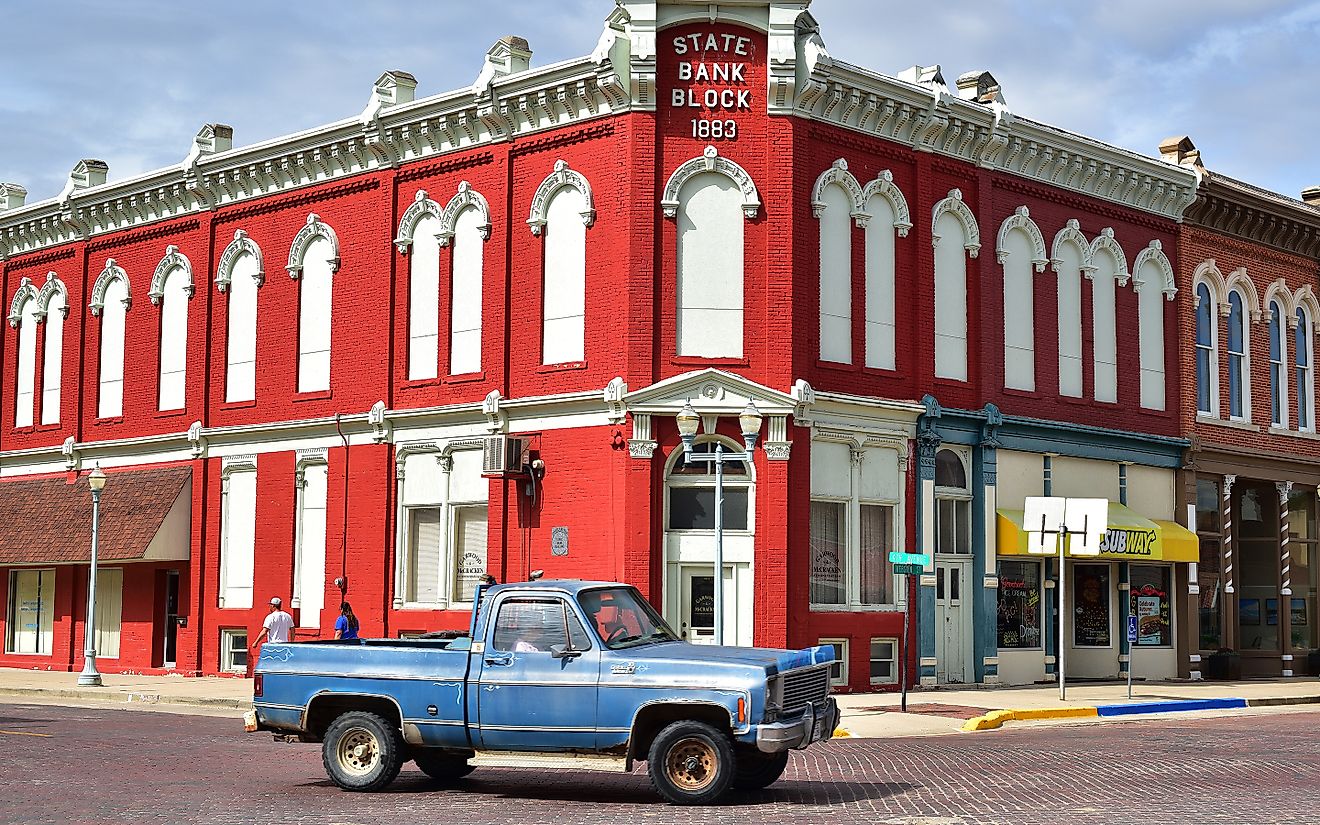Flags, Symbols, & Currencies of Niger
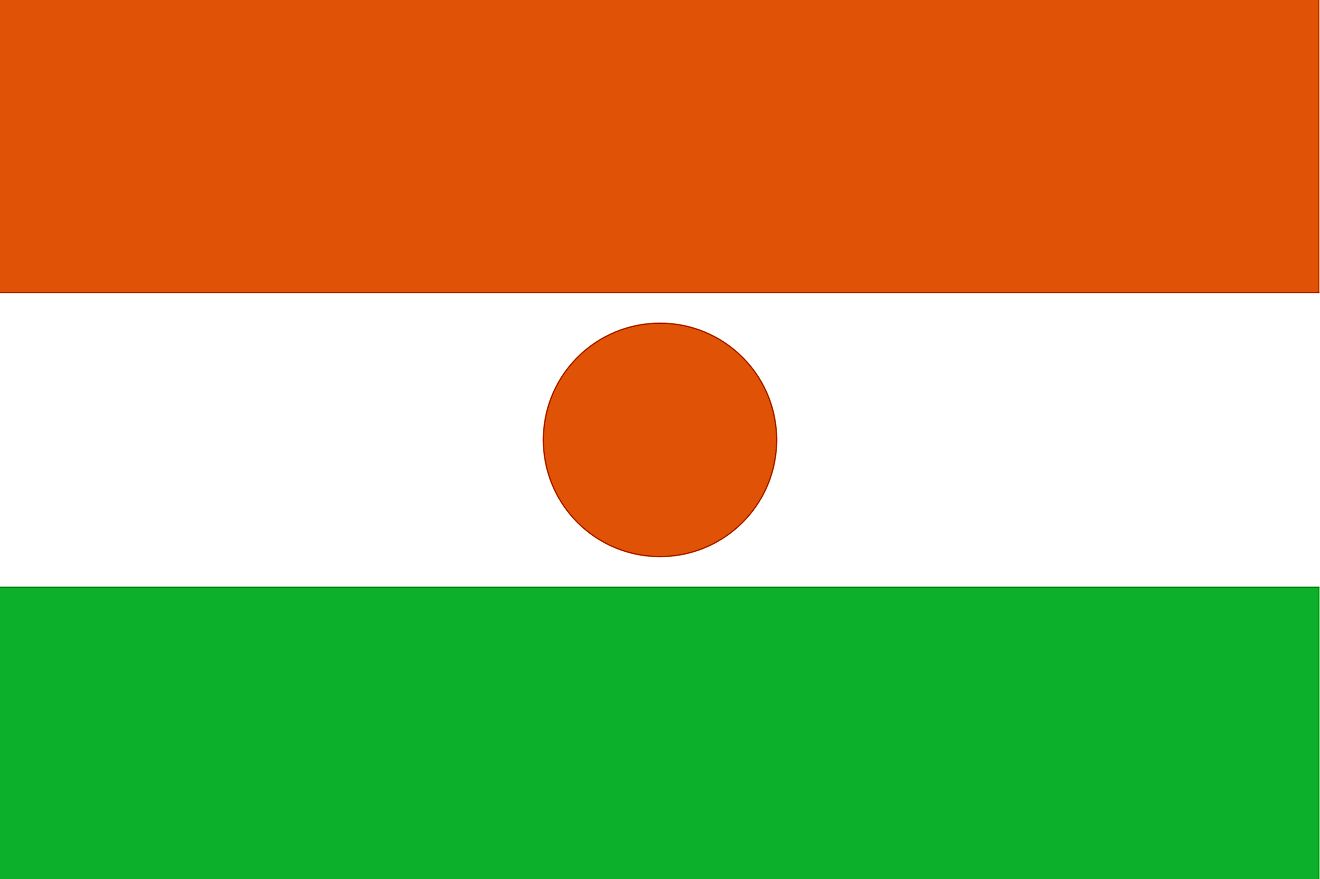
The current flag of Niger was adopted on November 23, 1959, a year prior to independence. Like other former colonies of France, the national flag of Niger is a tricolor of three horizontal bands. The colors are orange (top), white, and green. The center of the white band features an orange circle. The flag is similar in to the flag of India that is also a horizontal tricolor of saffron, white, and green charged with a blue wheel with 24 spokes in the center. The national flag has a height to length proportion of 6:7.
Several sources have described the meaning of the colors and symbols used in Niger’s flag. However, no official description of such meanings exist. According to most sources, the upper orange stripe of the flag represents the Sahara Desert’s northern parts while according to others it represents the Sahel region. The middle white color is believed to symbolize purity or the River Niger. The green color of the flag is a symbol of the fertile land found in the southern part of the country. It could also stand for hope. The orange circle in the center symbolizes independence or the sun.
History of the National Flag of Niger
The flag of the country was designed a few years prior to it becoming a fully independent nation. The flag was designed in 1958 and first adopted on November 23, 1959, by the Territorial Assembly of the Niger Colony. Less than a month later, Niger was declared to be Republic within the French Community. The design of the original flag remained unchanged when it was formally declared as the national flag of the country on October 1, 1960. Up to 1959, Niger was a colony of France. Thus, it used the French tricolor of blue, white, and red vertical bands.
Symbols of Niger
National Coat of Arms of Niger
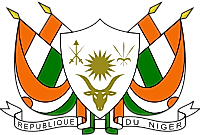
Niger's coat of arms features a four-part flag draped in the national colors behind a white shield. The shield has four golden symbols; sun, crossed Tuareg swords, pearl millet heads, and the head of a zebu. A ribbon displaying the name of the country in French rests below the shield. The national symbol was adopted in 1962.
National Anthem
- Anthem Title: "La Nigérienne" ("The Nigerien")
- Music composer: Robert Jacquet and Nicolas Abel François Frionnet
- Lyricist: Maurice Albert Thiriet
- Date of Adoption: 1961
"La Nigérienne" ("The Nigerien") is the title of Niger's national anthem. The song's lyrics were written by Maurice Albert Thiriet and set to music by Robert Jacquet and Nicolas Abel François Frionnet. The anthem was officially adopted in 1961, one year after independence.
La Nigérienne
Auprès du grand Niger puissant
Qui rend la nature plus belle,
Soyons fiers et reconnaissants
De notre liberté nouvelle!
Évitons les vaines querelles
Afin d'épargner notre sang,
Et que les glorieux accents
De notre race soit sans tutelle!
S'élèvent dans un même élan
Jusqu'à ce ciel éblouissant,
Où veille son âme éternelle
Qui fera le pays plus grand!
Chorus:
Debout! Niger! Debout!
Que notre œuvre féconde
Rajeunisse le cœur de ce vieux continent!
Et que ce chant s'entende
Aux quatre coins du monde
Comme le cri d'un peuple équitable et vaillant!
Debout! Niger! Debout!
Sur le sol et sur l'onde,
Au son des tam-tams
Dans leur rythme grandissant,
Restons unis toujours,
Et que chacun réponde
À ce noble avenir
Qui nous dit: En avant!
The Nigerien
Throughout great powerful Niger
Which makes nature more beautiful,
Let us be proud and grateful
For our newfound freedom!
Let us avoid vain quarrels
In order to spare ourselves bloodshed,
And may the glorious voices
Of our race be free of domination!
Let us rise in a single leap
As high as the dazzling sky,
Where stands guard its eternal soul
Which will make the country greater!
Chorus:
Arise! Niger! Arise!
May our fruitful labors
Rejuvenate the heart of this old continent!
And may the song be heard
In the four corners of the Earth
As the cry of a fair and valiant people!
Arise! Niger! Arise!
On the ground and on the wave,
To the sound of the drums
In their growing rhythms
Let us always remain united,
And may each one respond
To this noble future
Which tells us: Go forward!
The Currency of Niger is the West African CFA franc
The legal tender of the Niger is the West African CFA franc. Its ISO Code is XOF and the currency is also used in 7 other West African states like Togo and Senegal. It was introduced in 1945 as a replacement for the French franc due to its fall in value following World War II. The country’s Central Bank handles its financial assets as well as the issuing of the currency. The CFA franc is issued in the form of coins and banknotes. One franc is made up of 100 centimes.
Coins and Banknotes
Coins of the West African CFA franc exist in the forms of 1, 5, 10, 25, 50, 100, 200, 250, and 500 francs. Banknotes of the West African CFA franc exist in the forms of 500, 1000, 2000, 5000, and 10,000 francs. 50-franc banknotes were last issued in 1959, and 100-franc banknotes were last issued in 1965. The 10,000-franc note has existed since 1977.
History of Currencies of Niger
The CFA Franc was introduced in Niger, alongside other former French colonies, in 1945. It was introduced to replace the French franc, which had become weak, to spare the colonies from strong devaluation. After independence, Niger continued to use the West African franc, alongside other eight West African countries.
